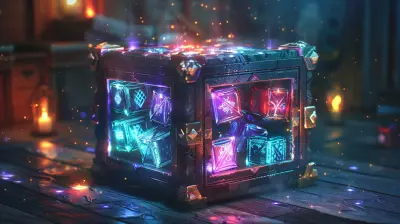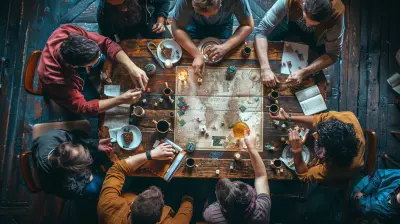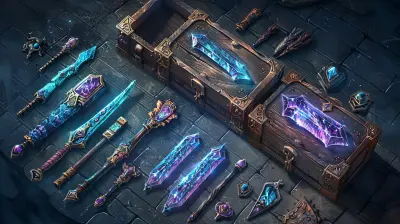How JRPGs Introduced a Generation to Grinding and Strategy
12 October 2025
Do you remember the first time you got completely obsessed with a video game? For a lot of us, it wasn’t a fast-paced shooter or a racing game—it was a JRPG (Japanese Role-Playing Game). You know, the kind of game that forced you to sit back, think, and plan—not just smash buttons. JRPGs like Final Fantasy, Chrono Trigger, and Dragon Quest weren’t just games, they were full-blown experiences. We didn’t realize it back then, but these games were teaching us vital lessons in patience, planning, and persistence.
Grinding? Yup, that’s where it all started. Strategy? Every boss fight was a chess match. Let’s dive into how JRPGs molded an entire generation to appreciate the grind and embrace strategy like never before.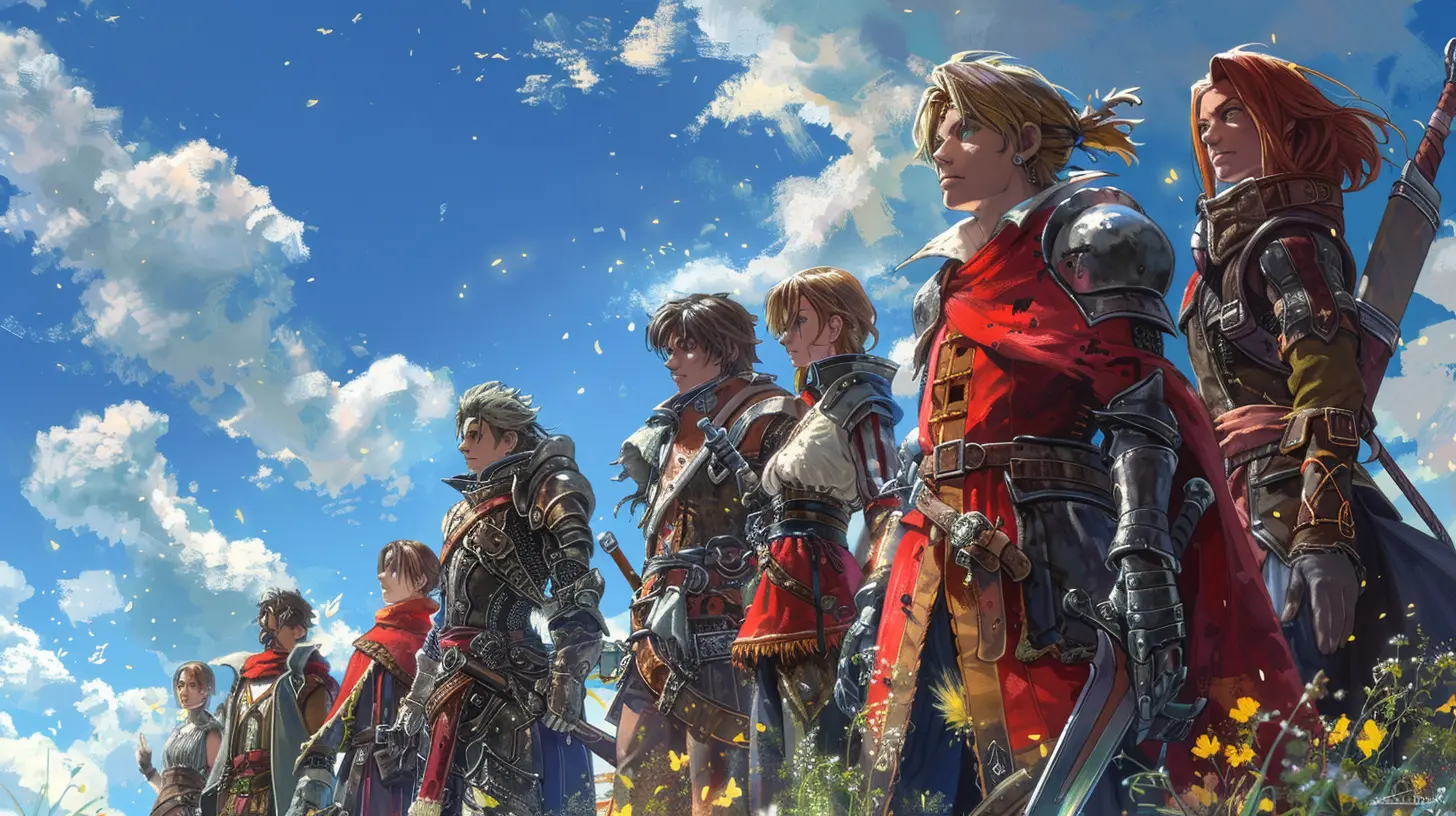
What Exactly Is a JRPG?
Before we get too deep, let’s clarify what we’re talking about. A JRPG, or Japanese Role-Playing Game, is a subgenre of RPGs developed primarily by Japanese studios. Think turn-based battles, rich storylines, distinctively styled characters (yes, with wild hair and oversized swords), and lots of dialogue.These games often focus on character progression, resource management, and tactical combat rather than fast reflexes. Think Pokémon. Think Persona. Think Final Fantasy VII (even if you only played it because everyone wouldn’t stop talking about it).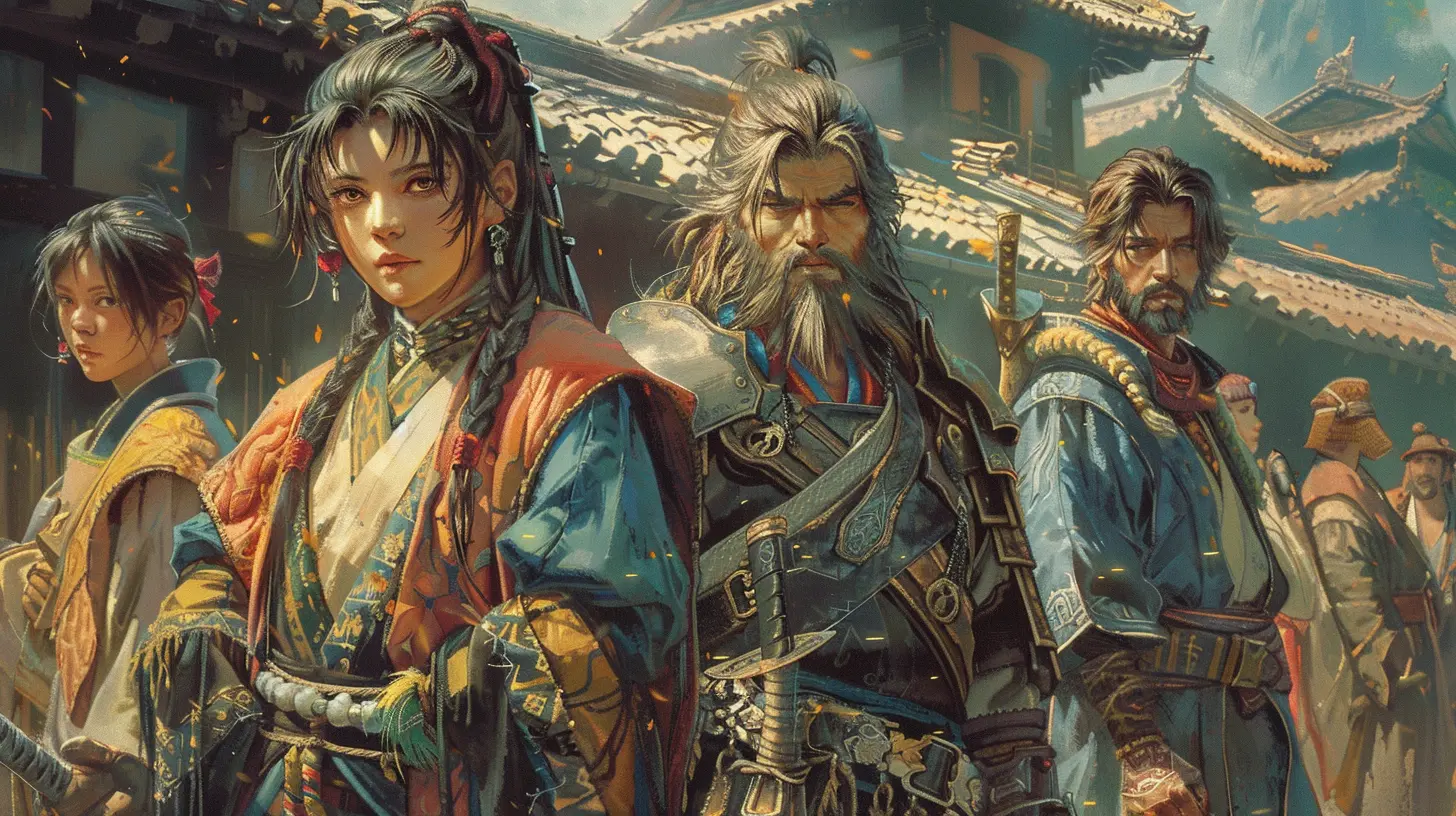
The Era When JRPGs Ruled the Console
Back in the late ‘80s and through the ‘90s, JRPGs dominated consoles like the NES, SNES, and PlayStation. Western RPGs existed, sure, but they were clunky and often stuck on PC. Meanwhile, JRPGs were accessible, flashy, and emotionally engaging.These weren’t just games; they were stories. Instead of jumping on goombas, we were saving the world—often from ancient, god-like villains. As players, we had to level up, master combinations, and plan ahead. There were no shortcuts. It was either grind or get wrecked.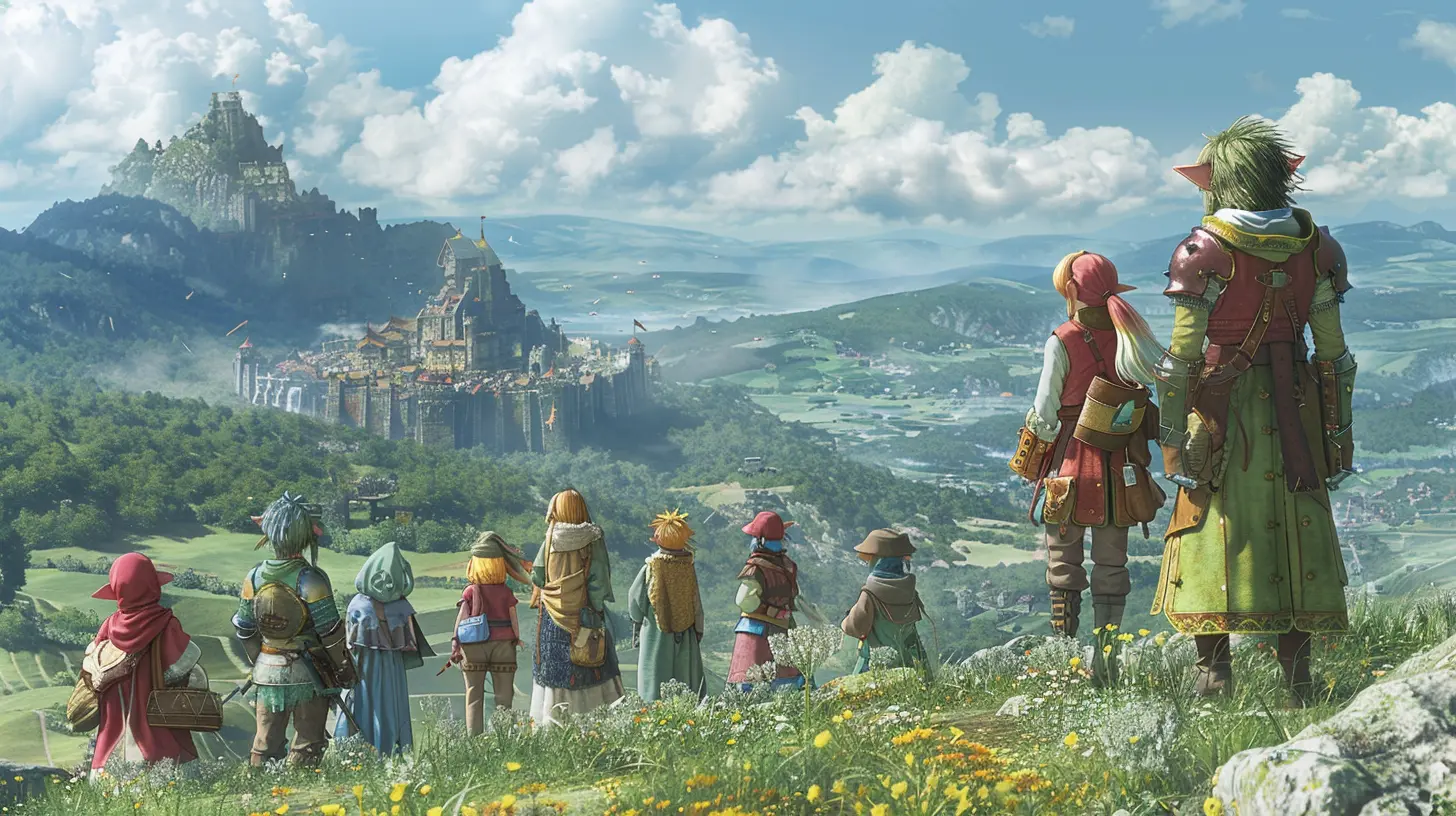
Grinding: Where Patience Was Born
Let’s talk about the grind. You’d walk out of a village, step into a patch of grass, and—bam—random battle. Then you’d do it again. And again. All to get just strong enough to take on the next boss or dungeon.Sounds repetitive? It absolutely was. But man, there was something weirdly satisfying about it.
Grinding wasn’t just about boosting stats. It was about the journey. It was the digital equivalent of lifting weights, of practicing free throws. You were investing time to get better, not just as a character in-game, but as a strategist yourself. You learned patience, and that hard-earned level-up? It felt like a reward every single time.
The Reward Loop
JRPGs nailed the reward loop. Every time you leveled up, your characters got stronger. Spells became flashier. Weapons hit harder. And most importantly, you had a better shot at taking down that boss who stomped you an hour ago.This loop of challenge, grind, reward—it’s addictive. It trained a generation to work for progress, often without realizing we were learning life lessons in disguise.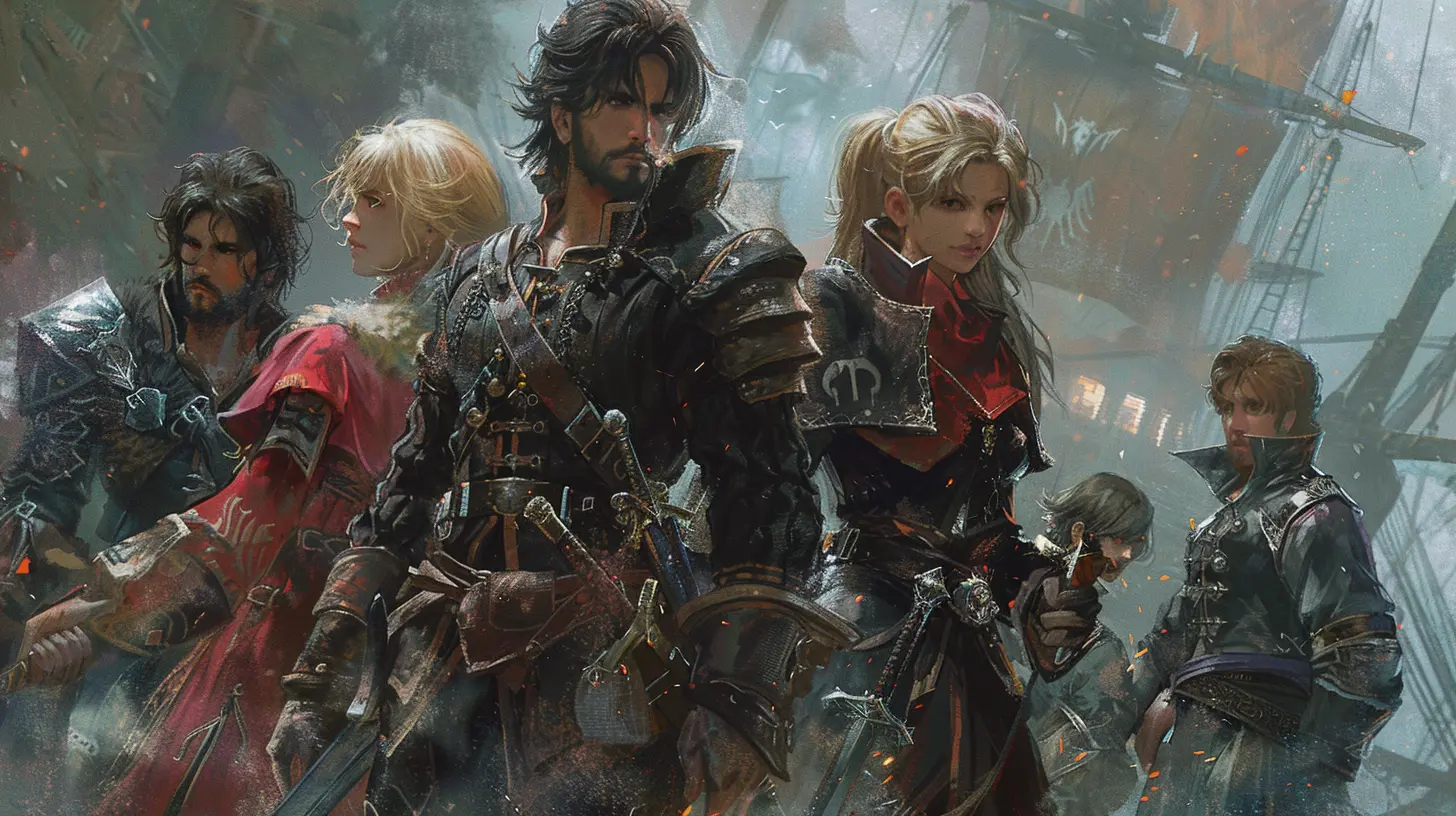
Strategy: The Heart of Every JRPG
Grinding got you stronger. But strength alone? It wasn’t enough. You had to be smart.Turn-Based Combat: Chess with Fireballs
Turn-based combat is where JRPGs really flexed their strategic muscles. Battles were like puzzles. You couldn’t just rush in swinging. You had to plan each move—choose the right spell, exploit enemy weaknesses, keep your healer alive.Remember fighting a boss and realizing your attacks weren’t effective? Then figuring out they were weak to ice magic? That “a-ha!” moment was strategy—and it felt amazing.
Party Composition and Roles
You weren’t just managing one character. You had an entire party—each with distinct roles. Tanks, healers, mages, rogues—you had to balance their skills and synergies.Not only did this make battles more dynamic, but it also made players think critically. Who goes into battle? Who sits out? Who gets the best gear?
It got even crazier with games like Final Fantasy Tactics or Fire Emblem, where positioning on a grid mattered, and every decision could win—or lose—the battle.
JRPGs as Strategy Teachers
Honestly, many of us didn’t realize JRPGs were teaching us real skills. But let’s break it down:- Resource Management: You had to ration potions, manage mana (or MP), and save gold for gear. Sound familiar? That’s budgeting, folks.
- Tactical Thinking: Every major boss was a mini-war. You had to study patterns, adapt strategies, and prepare in advance.
- Risk vs. Reward: Should you push forward in the dungeon or retreat to save your progress? Every decision had consequences.
These weren’t just gameplay mechanics—they were mini life lessons. You learned to look ahead. You learned to be cautious but bold. JRPGs trained your brain.
Grinding and Strategy in Modern JRPGs
Fast forward to today. JRPGs have evolved. Some ditched turn-based battles for more dynamic systems (lookin’ at you, Final Fantasy XV), while others, like Octopath Traveler and Bravely Default, proudly wear their old-school grind-and-strategy hearts on their sleeves.Even modern games like Persona 5 mix slick style with classic grind loops and complex strategies. The genre evolved, but the soul is the same.
The Quality-of-Life Revolution
Sure, we’re not suffering through 100 random encounters anymore (thank you, auto-battle systems and fast-forward modes). But grinding still exists—it’s just less painful.Games now respect your time more. Side quests give meaningful rewards, dungeons are better designed, and skill trees offer more engaging progression. Strategy hasn’t gone anywhere, though—it’s just gotten smarter.
The Influence of JRPGs on Other Genres
You know what’s wild? The grind-and-strategy loop didn’t stay locked in JRPGs. It infected other genres. Western RPGs like The Witcher and Mass Effect borrowed turn-based tactics and grinding-style leveling. Even mobile games like Genshin Impact owe a ton to JRPG roots.And let’s not forget Pokémon—it’s basically a JRPG with collectible creatures. The strategic depth? Massive. The grind? Oh, it's real. Breeding Pokémon with perfect stats is a whole other rabbit hole.
Why We Still Love Grinding and Strategy
So, why did this go from a quirky game mechanic to a beloved staple?Because it hits that perfect gamer sweet spot: effort equals reward.
Grinding feels productive. It scratches that itch we get from seeing progress bars fill up. Combine that with strategic combat, and you’ve got a game that challenges your brain and gives you an emotional payoff.
Let’s be real—there’s something magical about overcoming a boss because you put in the work. Not because you cheesed the system or Googled a cheat, but because you learned, prepared, and conquered.
Nostalgia and the Legacy of JRPGs
Ask any gamer over 30 about their childhood, and chances are they’ll mention a JRPG. Whether it's waking up before school to grind in Secret of Mana or staying up late with a Game Boy and a fresh team of Pokémon, these games left a mark.Even younger players today are discovering (and falling in love with) classic titles through remasters and remakes. And guess what? The charm still holds.
Grinding might sound like a chore, but back then—and even now—it was a rite of passage. A JRPG wasn’t just a game; it was a commitment. And once you were in, it kept paying off.
Are JRPGs Still Relevant?
Absolutely. While the genre has seen its ups and downs, it's very much alive. Studios understand what makes these games special: the blend of storytelling, character progression, and tactical gameplay.Whether it’s through indie darlings like Chained Echoes or juggernauts like the Final Fantasy VII Remake, JRPGs continue to evolve while sticking to their roots.
They’re not just games; they’re brain workouts wrapped in epic stories and emotional journeys.
Final Thoughts
JRPGs didn’t just give us memorable characters and epic tales. They taught us the grind. They pushed us to strategize, to think several steps ahead, and to savor every small victory.In a world where instant gratification is the norm, JRPGs remind us that some things are worth the wait. That the best rewards come not from rushing, but from working, thinking, and growing.
And hey, next time someone says grinding is boring, just smile—because you know that behind every level-up is a story of effort, strategy, and dedication.
all images in this post were generated using AI tools
Category:
JrpgsAuthor:

Leandro Banks
Discussion
rate this article
1 comments
Nix Phillips
Absolutely! JRPGs made grinding feel like an adventure!
October 20, 2025 at 4:00 AM

Leandro Banks
I couldn't agree more! JRPGs turned grinding into an engaging journey, blending strategy with storytelling in a way that captivated players.
